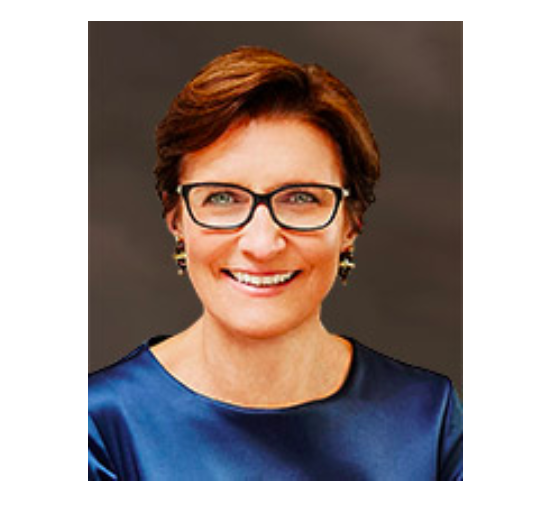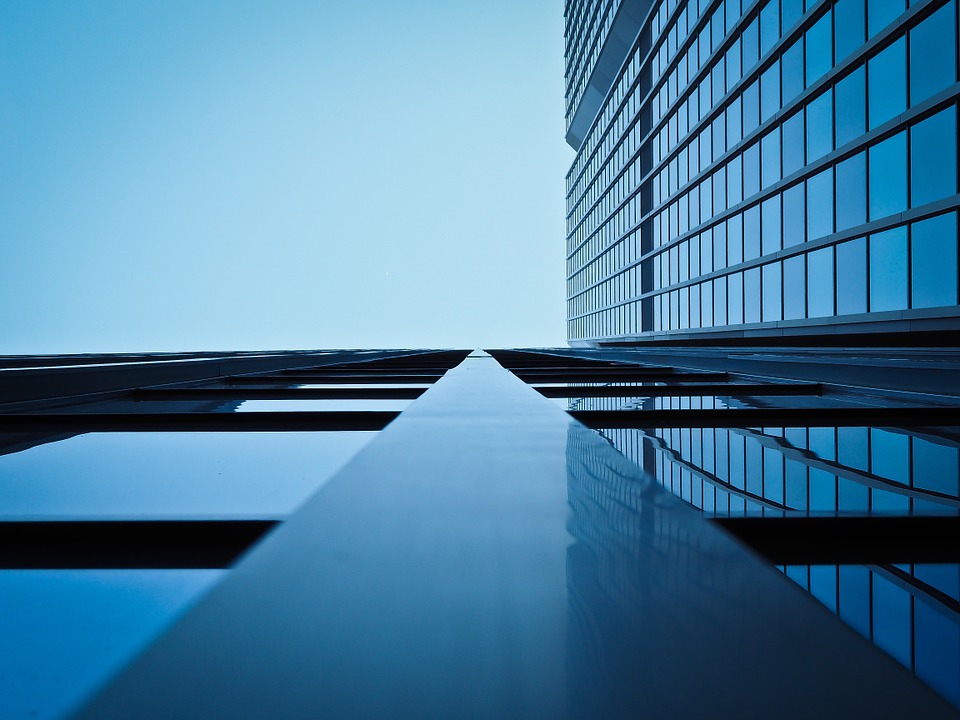Four Ways to Invest in the CleanTech Revolution
| By Romina López | 0 Comentarios

As the impact of climate change takes its toll on the planet, consumers, governments and corporations are all assessing their environmental practices and developing new clean technologies, according to an analysis by Amanda O’Toole, a Senior Portfolio Manager of the AXA Investment Managers Framlington Clean Economy Strategy.
CleanTech refers to companies that seek to increase performance, productivity and efficiency by maximizing the positive effects on the environment. With the world’s population rapidly increasing and fixed resources in danger of running low, the need for CleanTech solutions has never been greater. In fact, demand is so strong, that the global CleanTech market is anticipated to reach US$3 trillion by 2025, significantly up from US$601bn in 2014.
What does this mean for investors?
O’Toole, who is also a thought-leader within AXA IM’s Thematic Equities team of investment experts mentions that there is a growing social awareness of the pressures on scarce natural resources and the need for greenhouse gas emission reduction. “Businesses that are prepared to respond to this paradigm shift in how we perceive our environment should enjoy a sustainable, competitive advantage by reducing their input costs over the long-term. These moves offer significant growth potential in the decades to come, along with exciting potential new opportunities for investors along the way.”
As a result of this changing dynamic, they have identified four key areas which they believe will provide innovative, new investment opportunities: sustainable transport, recycling and waste reduction, smart energy and responsible nutrition. “With this universe expanding at more than 10% per annum – a very attractive rate compared to other industries –the structural growth opportunities can be significant.”
Sustainable transport
Across the world, the demand for sustainable transport is increasing, providing investors with ample investment opportunities in electric vehicles, battery technologies and emission reduction systems.
“The benefit of investing in these companies is already evident. During the recent trade tensions, electrification as a secular trend outperformed the broader automotive industry and we believe this is on track to continue. Globally, electric vehicles are anticipated to grow at a rate of 33% by 2030 and with the cost of lithium-ion batteries falling by 35% over the past year, the potential for sustainable transport is on the rise.”
A stock they like in this area is Aptiv, a global technology company that develops safer, greener and more connected solutions. Headquartered in Dublin, Aptiv delivers the software capabilities, advanced computing platforms and networking architecture that makes mobility work.
Recycling and waste reduction
The plight caused by plastics and growing electronic waste has been dominating environmental headlines in recent years. With approximately 8 million metric tonnes of plastic entering the oceans each year and only an estimated 20% of electronic devices recycled per annum, consumers and governments are waking up to the need for change.
“This change is starting to take shape. In July 2018, Seattle became the first U.S. city to ban plastic utensils and straws, and its actions have now been followed by other cities such as San Diego, where Styrofoam food and drink containers have been banned. We believe that because of ongoing action, we are likely to see the investable universe for compostable materials continue to expand.”
A stock they like in this space is Smurfit Kappa, a FTSE 100 company that is one of the world’s leading providers of paper-based packaging. Smurfit Kappa is perhaps best known for its Bag-in-Box products, which offer more sustainable packaging for many industries such as wine, juice, liquid eggs, dairy and non-food applications such as motor oil and chemicals.
Smart energy
The necessity and demand for greener homes is growing, helping to provide the impetus and resources for the development of energy efficient technologies. This is creating investment opportunities in renewables, greener homes and efficient factories.
Notably, there has been an acceleration of interest in offshore wind development in the U.S., which historically has lagged Europe in adopting this form of technology. Massachusetts, for instance, recently approved contracts for an 800 megawatt (MW) offshore wind project, while New York State announced in July it had reached an agreement for two large offshore wind projects off the coast of Long Island. Momentum in this area is clearly building.
Responsible nutrition
The impact of unsustainable food production has put the planet in a delicate position. However, as O’Toole mentions, attitudes are changing. Companies are exploring new ways to meet the growing demands of rising populations while limiting the use of scarce water and land.
This has led some experts to algae, with some believing it could soon become a major source of the world’s protein. Growing ten times faster than terrestrial plants, algae does not require fresh water, can provide more iron than beef, and does not compete with other crops for land. The potential for algae is still in its infancy, but with ongoing developments the algae products market is anticipated to reach $5.2bn by 2023.
Furthermore, they believe that companies that are innovating to help support sustainable business practices – such as specialist ingredients firms that are shifting towards more natural ingredients and reducing the use of artificial products – are in an optimal position to perform well, despite the broader economic slowdown.
“We live in an uncertain world which gives investors little confidence from a macro or geopolitical perspective. Against this backdrop, it gives us comfort to invest in high quality businesses that benefit from clear structural growth trends within the Clean Economy.” O’Toole concludes.












